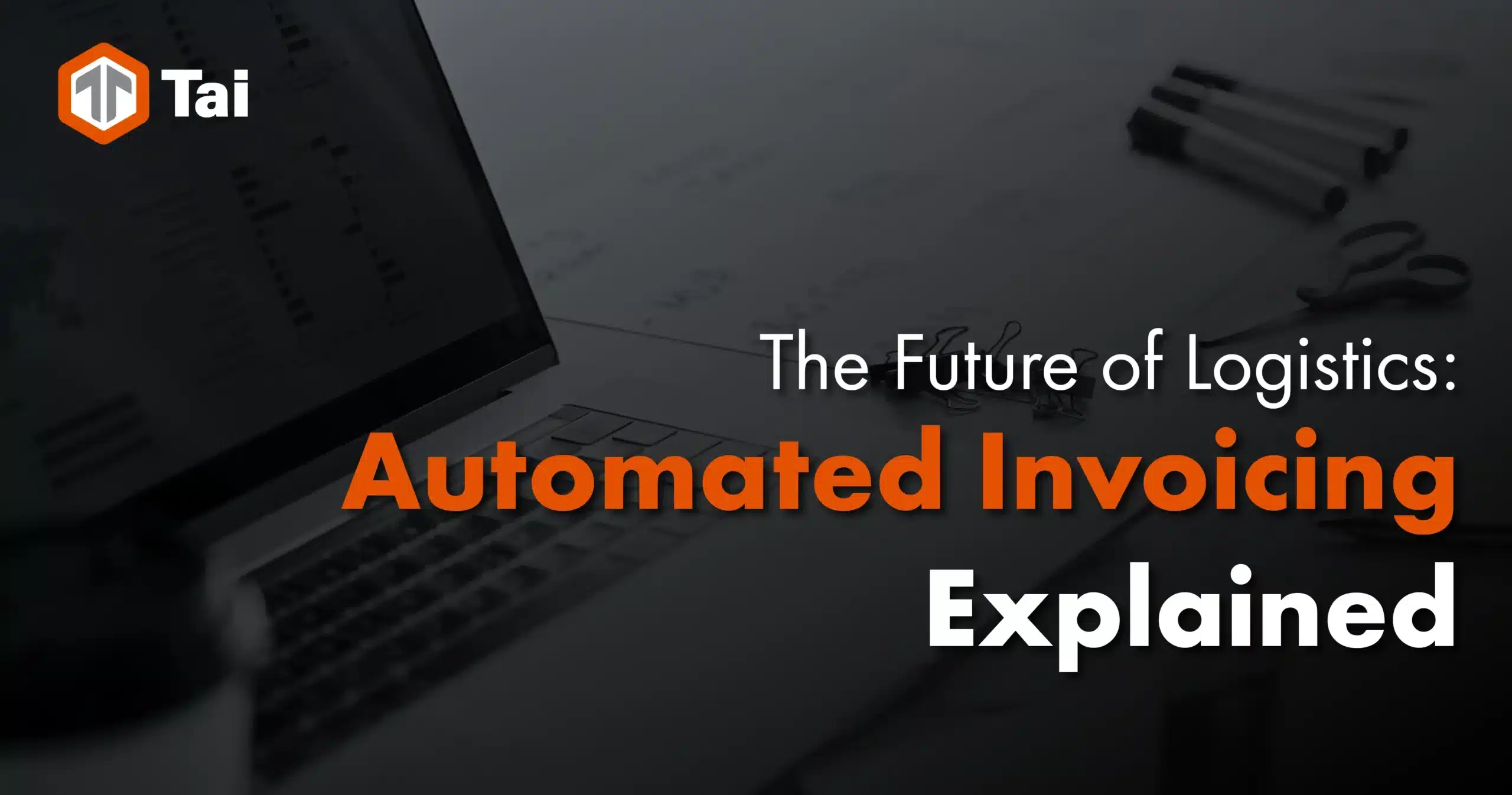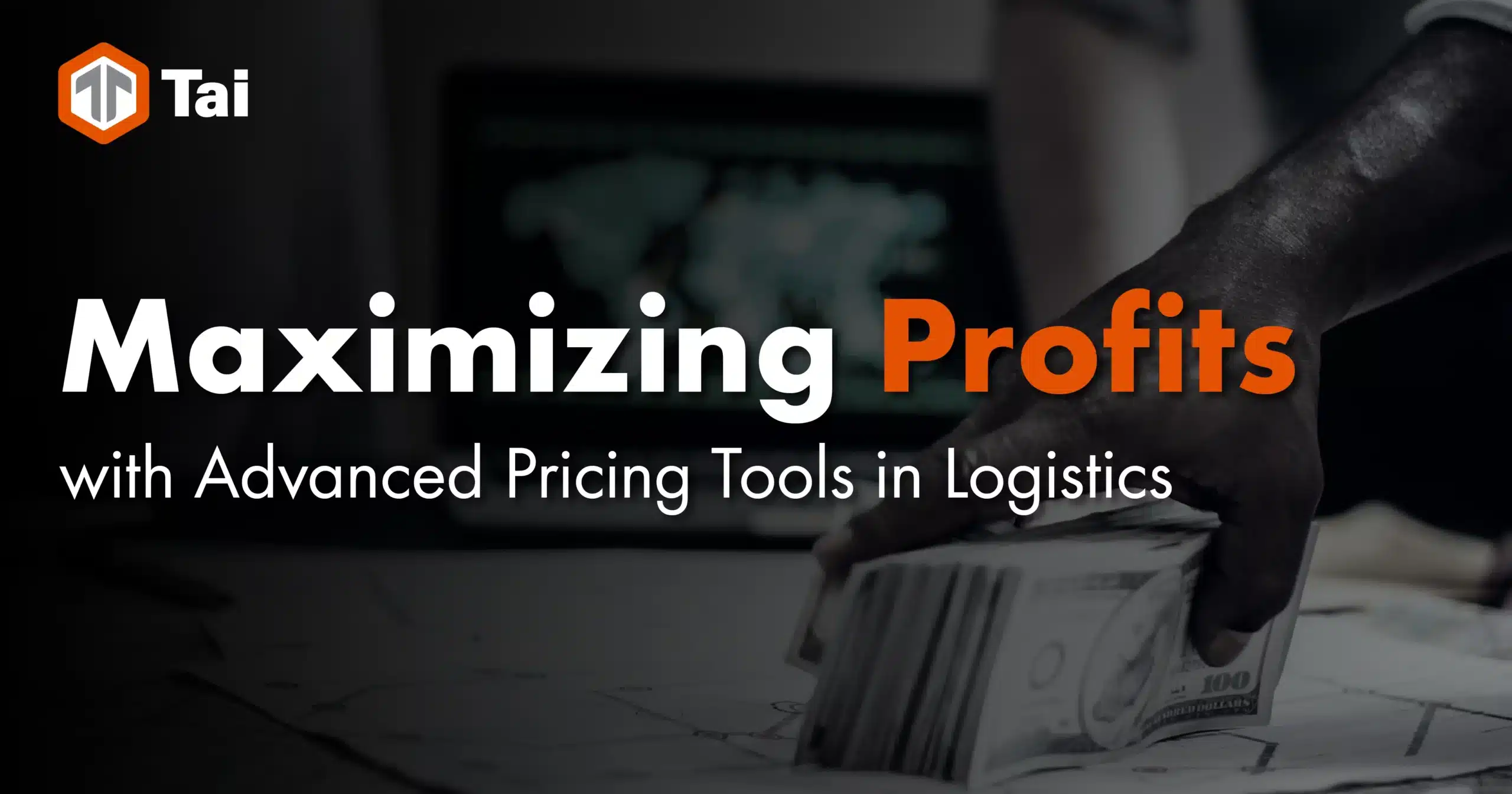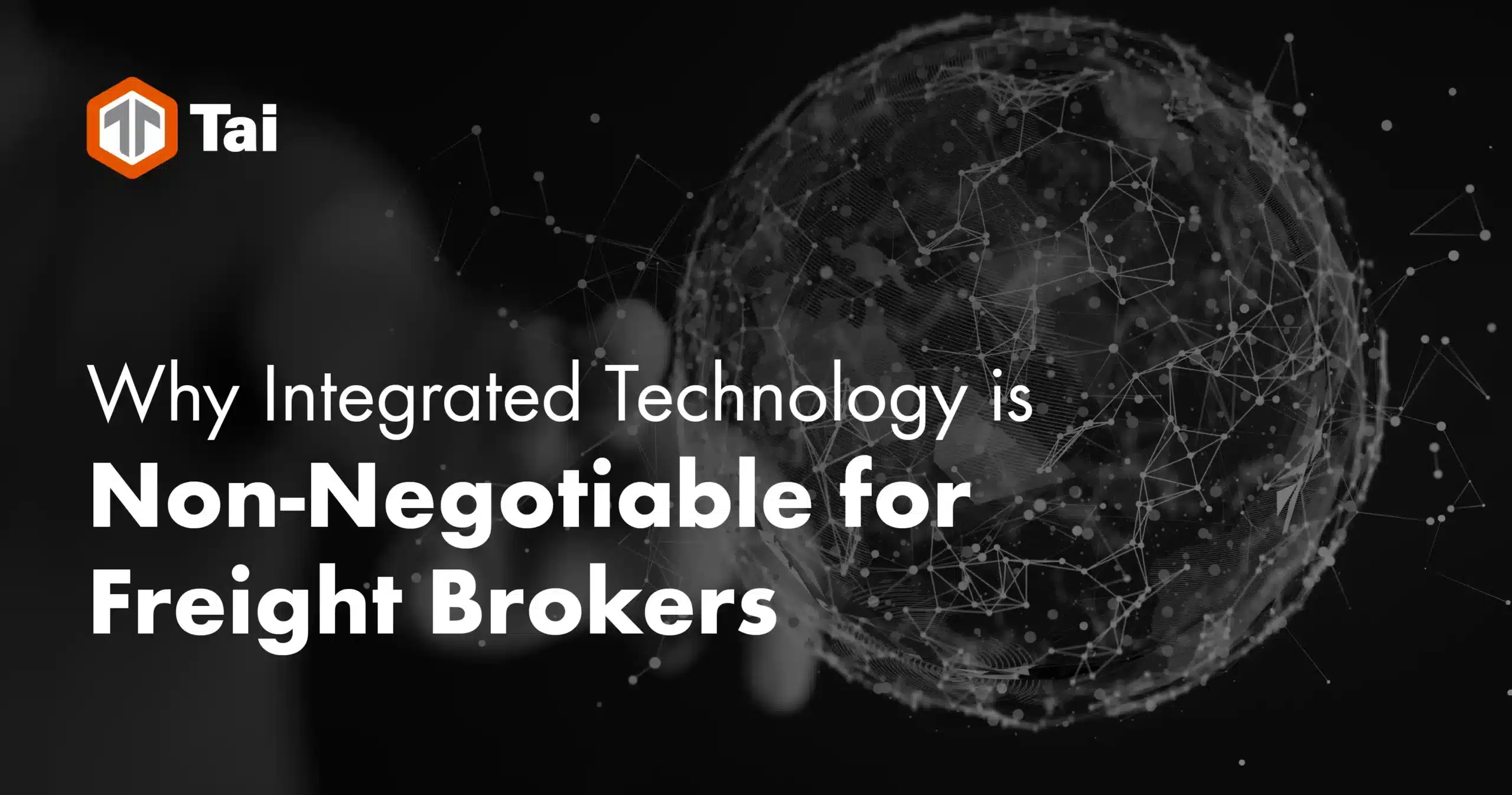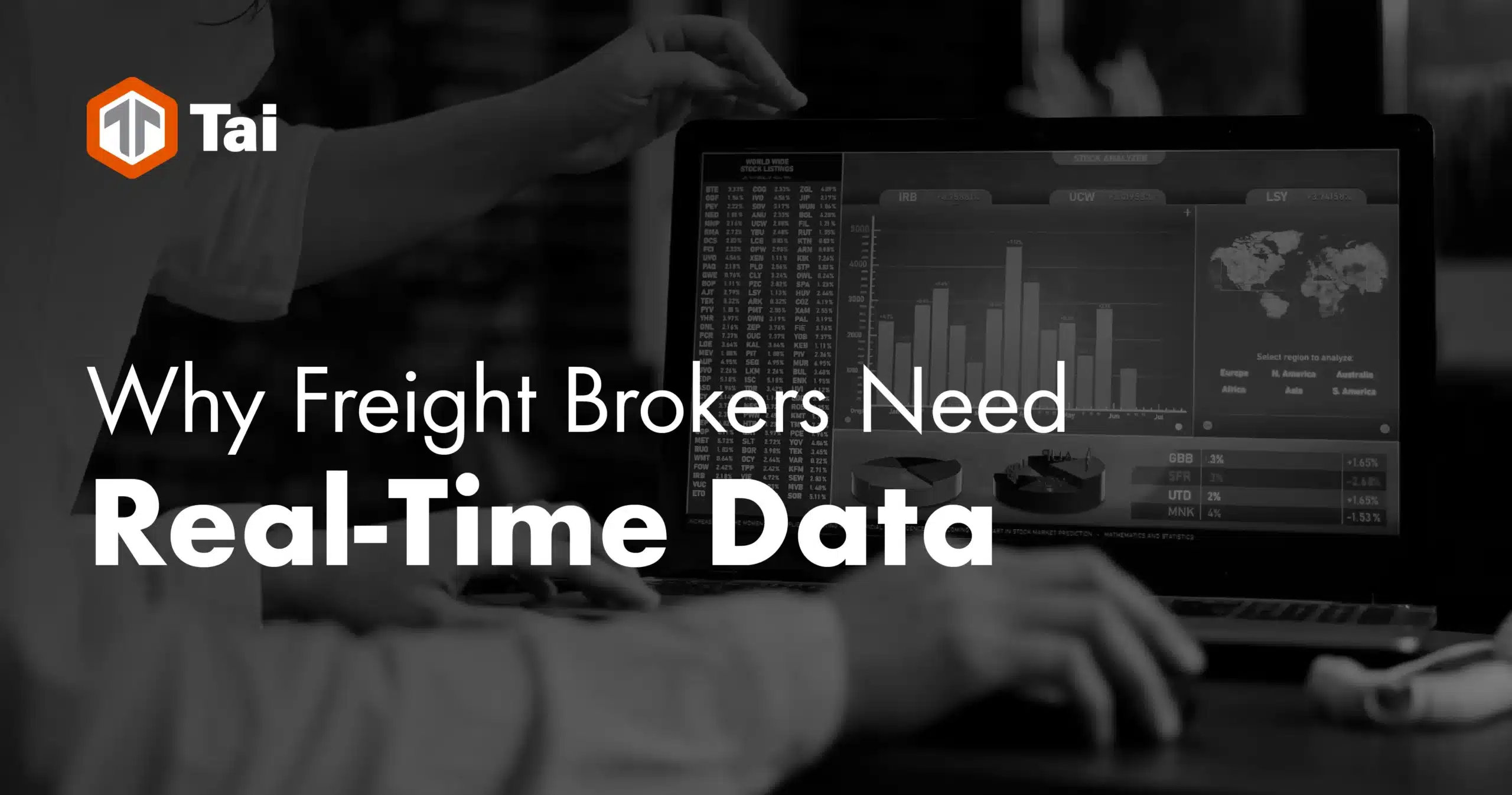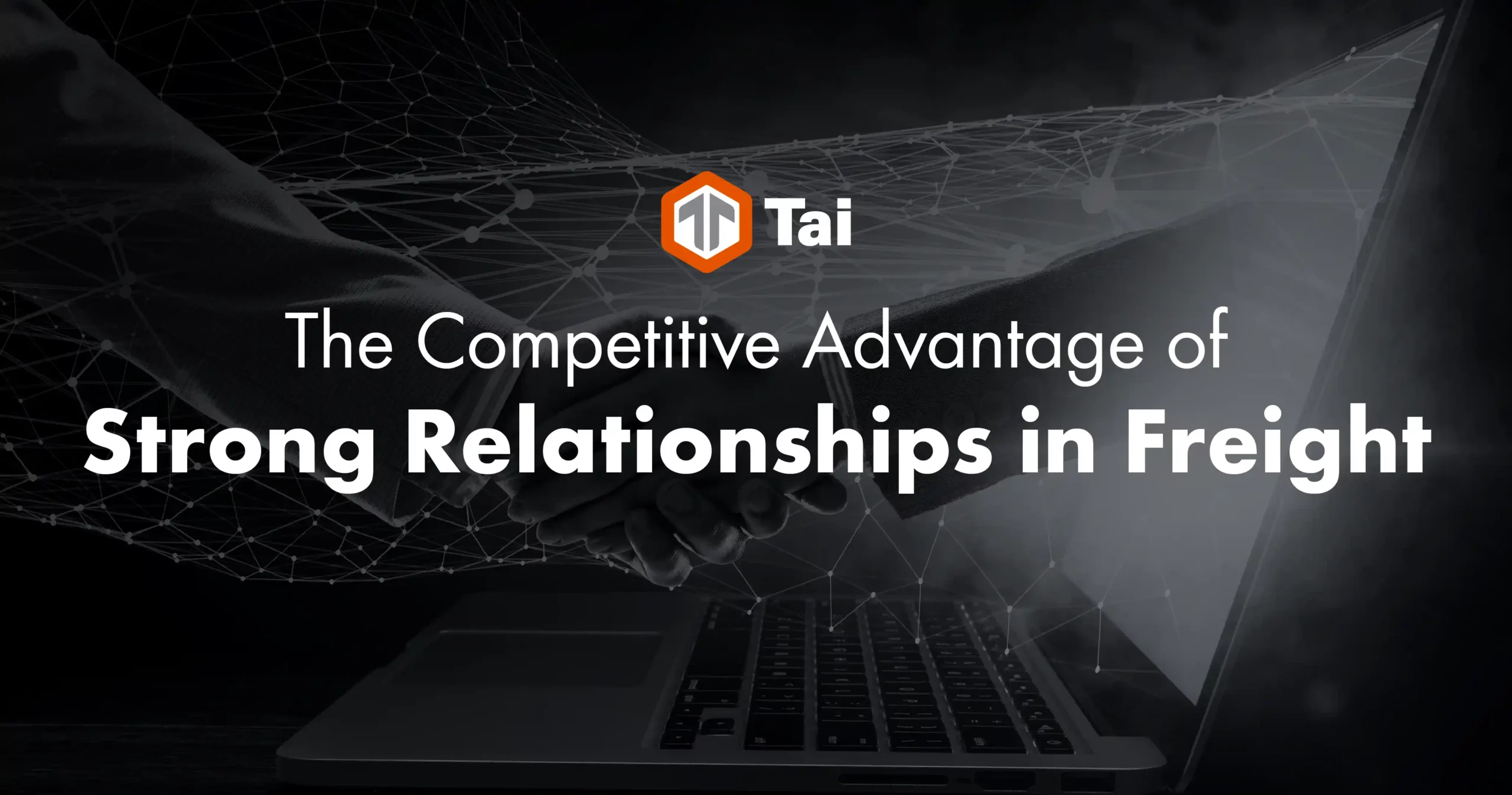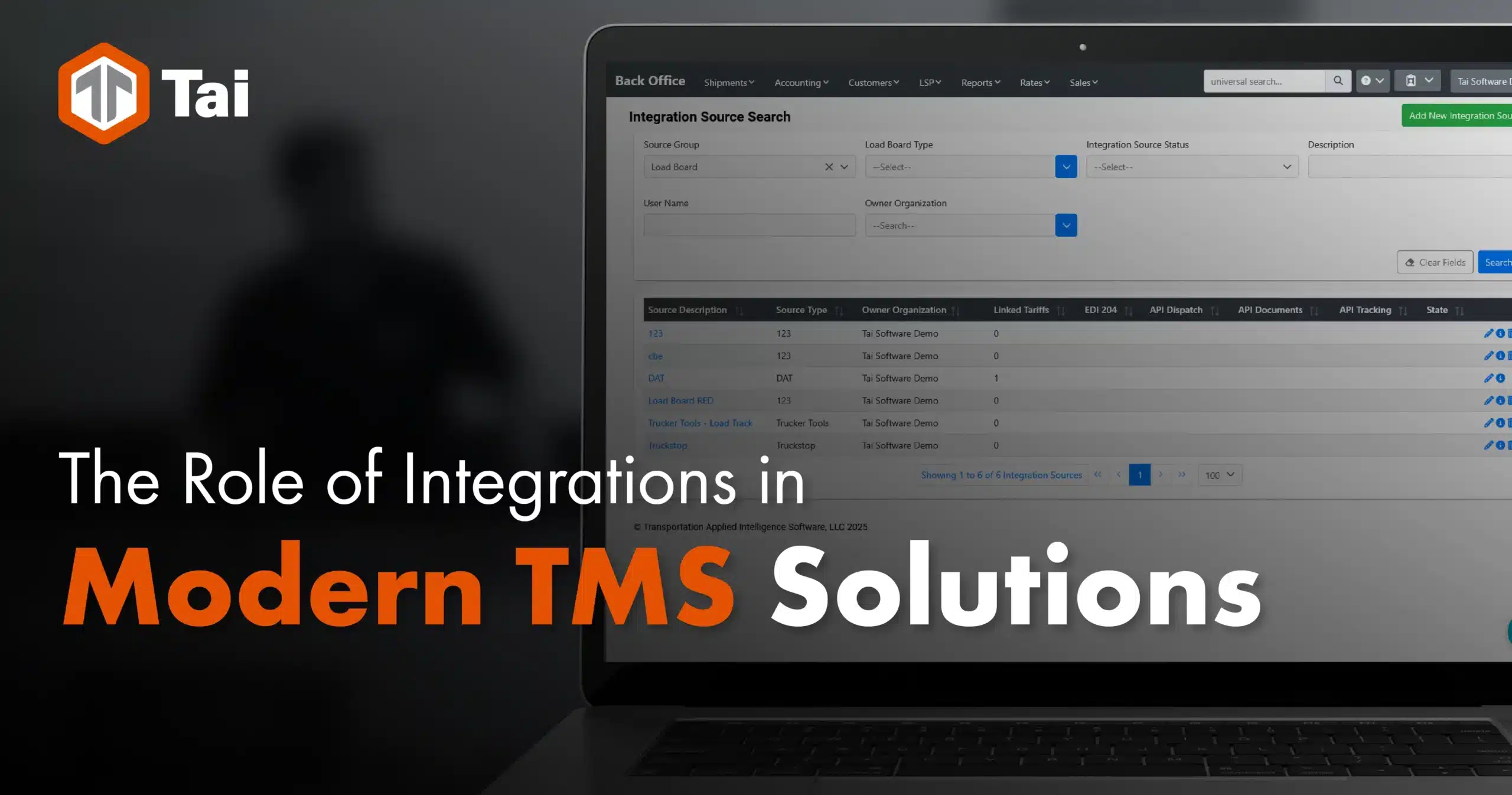A Transport Management System (TMS) helps drive efficiency and transparency in the Supply Chain and Logistics processes. When you have a modern digital TMS solution in your organization, you can control the operations better. Cloud-based TMS and On-Premise are the two types of Transport Management Software technologies available in the market today. A cloud-based TMS solution exists on an internet server, thus accessible to any device with an internet connection, while on-premise TMS resides in the customer’s location.
With more than two decades of assisting helped freight brokers scale growth, Tai Software can testify to the drastic revolution that comes with investing in cloud solutions. Request a demo today to get insights into how our product can help you handle transportation as you reduce costs and increase revenue.
Let’s look at what is unique about cloud-based TMS and how your organization can benefit from using it.
1. Predictive Analytics
Cloud uses live data in algorithms and cross-sectional analyses to outline the most subtle metrics and key performance indicators (KPIs). It also has extended capabilities that redefine the predictive standards to generate the most precise and responsive KPIs for your organization. Therefore, when you use cloud-based TMS, you can be sure that your inventory predictions will be accurate, which helps you devise actionable ways to improve efficiency in the supply chain.
2. Centralized Software Management
The basic advantage of deploying TMS is to store information in a central location. Providers can manage updates without interrupting user access. Cloud-based scalability maintains and expands user access allowing all users to use the system without interruption. It also allows automatic deployment of new features, thus eliminating traditional constraints in remote customer service centers and internal IT departments.
3. Eliminates the Need for Internal Hardware
With a cloud solution, you won’t need to store servers and equipment in your building. System management can happen remotely, and you can scale down or up operations. Besides, computer terminals won’t need updates for the TMS to work.
4. Lower Cost to Maintain and Deploy
Cloud solutions reduce the cost of deployment and maintenance, which leads to direct cost reductions for users. Your organization can access lower-than-ever-rates on TMS, thus avoiding the high cost of investment and operation. Additionally, the accessibility of the TMS from any device connected to the internet means you can simplify shipments and inventory management. You get renewed freedom in running your operations.
5. Automated Backing up of Data
Power outages in the past translated to full system reboots and downtime in your organization. The power of the cloud in TMS marks the end of these days. Since the distribution of the cloud-based systems occurs through multiple data centers, operations, and data access can continue regardless of the situation nature throws puts your organization in.
Even adverse events or wide-scale power outages won’t impact your operations in any way. The automated data backup allows accessibility and keeps you on the move. You can access your information via a simple log-in and go without spending countless hours restoring data.
6. On-demand Self-Service
Cloud solutions allow on-demand self-service where a client can request and get access to a service offering without a support staff or an administrator having to fulfill the request manually. This amazing feature of cloud-based systems makes it quick and easy for a customer to get the service they need. Additionally, it reduces the administrative burden on the organization. Your team should be free from the daily activities around managing user requests so they can focus on other strategic activities.
7. Automated Accounting Processes
Cloud-based systems support automated accounting processes. Automation of the accounting processes allows you to make informed decisions on your organization’s financial future. It is also a time saver for your business. You can set up a workflow that automatically accomplishes financial transactions on a particular date. When your accountant needs certain reports, you only need to give them access to the software, further enhancing collaboration. Furthermore, automated accounting processes give no room for error. Since all crucial details and information feeds into the same place, you can always expect accurate accounting reports.
8. Functional for Companies of All Sizes
Any company can benefit from cloud-based systems regardless of their size. Forget about the stereotyping in shipping where established and large businesses mean better deals with carriers and low-cost shipping rates — deploying a cloud-based transport management system in your organization levels the playing field. Regardless of the size, companies can have a fair chance at the best rates. You can even consolidate freight and intermodal shipments and add freight insurance at a lower cost than your business could with the traditional systems.
9. Client and Carrier Portals
Client and carrier portals allow real-time collaboration and communication amongst parties. Cloud-based solutions allow you to manage these digital meeting places, thus facilitating communication with customers and carrier networks. These places are accessible to all from the time of order submission to delivery. It becomes more straightforward to update shipping status, tweak delivery routes and accommodate disruptions. They also allow real-time handling of any issues, concerns, or questions and make decisions based on accurate data and information.
10. Support for Different Types of Transportation
Most traditional systems support one mode of transportation. It could be multimodal transportation where a single carrier uses two or more modes of transport and is liable to meet the terms of the agreement. Others focus on intermodal transportation where shipments require more than one carrier and contract. Some organizations prefer intermodal because it has more control over carriers, processes, and modes of transportation, thus allowing them to manage the process responsibly. But whether you choose intermodal or multimodal transportation, you can still enjoy the benefits of a cloud-based TMS since it supports different types of transportation.
FAQs About TMS
- What Is the Main Objective of TMS?
Organizations go for TMS to improve shipping efficiency, gain real-time supply chain visibility, reduce costs, and ensure customer satisfaction.
- How Will a TMS Reduce Costs and Help Me Grow My Revenue?
One of the major expenses facing supply chain companies is transportation costs. TMS solution allows you to optimize everything, including sourcing decisions carrier and route selections. It also empowers organizations to innovate and expand their service offerings to customers, thus boosting their revenue and competitive advantage.
- How Much Does a TMS Cost?
Pricing of TMS varies depending on the provider and the delivery model. Some TMS vendor prices are based on the transaction count, while others are based on the freight spend. The price may also vary depending on how you purchase the system. Buying a perpetual license may be more costly upfront than software-as-a-service. However, the former is cheaper in the long run.
Scale Your Business Today!
Tai Software has over 20 years of experience in transportation, logistics, and business software. We commit to serving our customers well and helping them achieve their organizational objectives. Request a demo today to learn more about how we can help.


